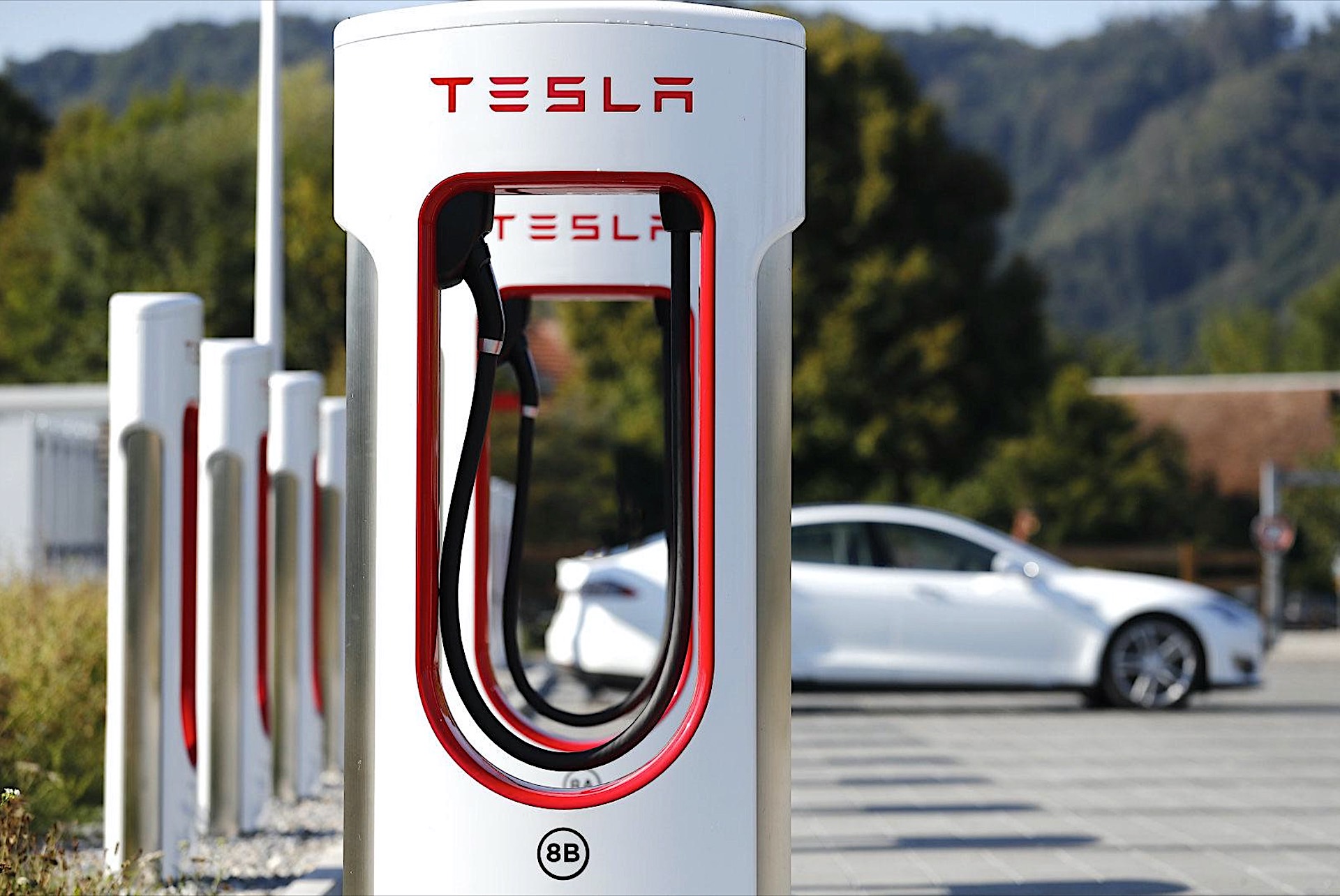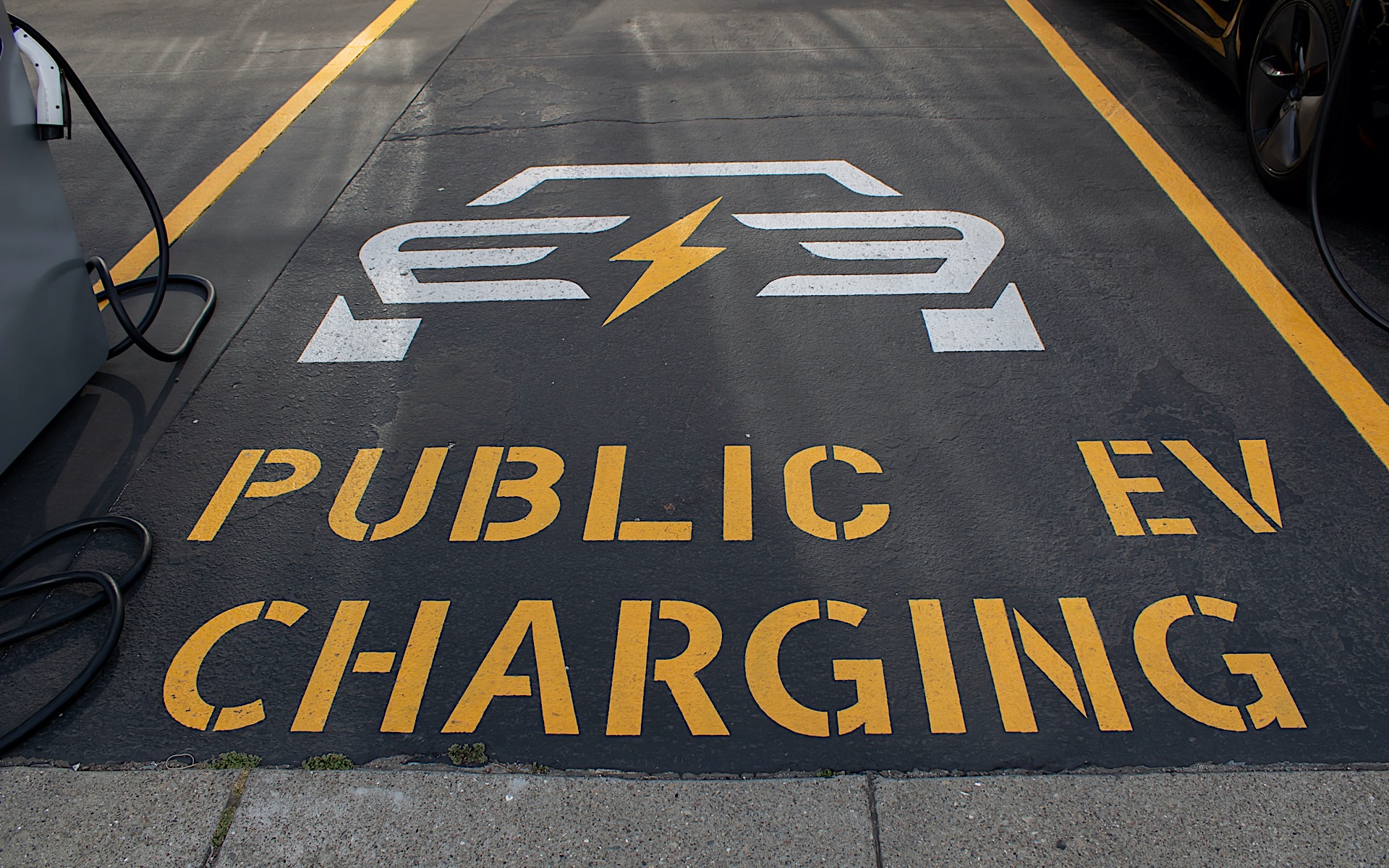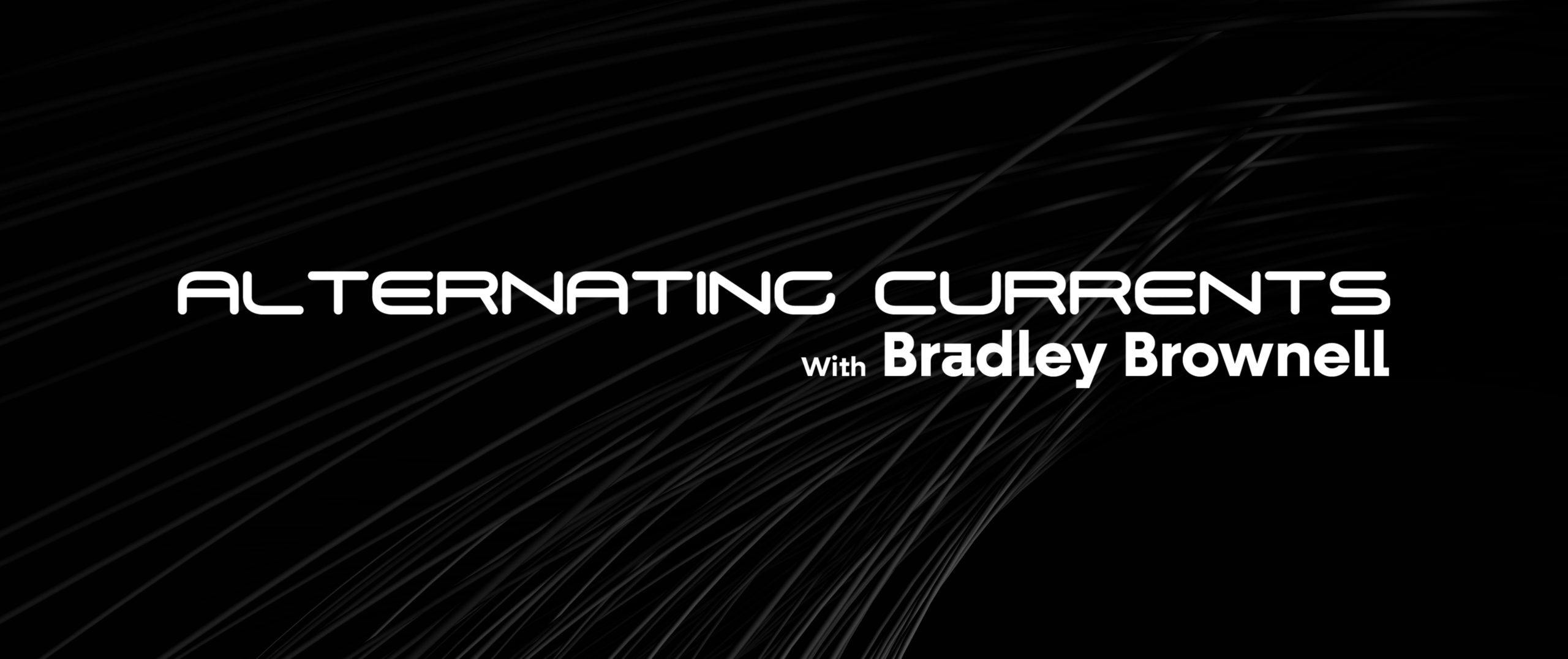
“Tesla’s mission is to accelerate the world’s transition to sustainable energy.” That is the company mission statement. Though some of the verbiage has changed it has been more or less the same mission since the company was founded. Every time I remember this fact, a question immediately pops up in my head. If Tesla wants to accelerate the world’s transition to sustainable energy as it states, why has it continued to use a proprietary charging cable in its Supercharger network?
If Tesla truly cares about sustainable energy and the environment, why not open up the Supercharger network to non-Tesla EVs and PHEVs? When I bring up this question among EV enthusiasts, I’m met with skepticism as to why Tesla would give up one of its big competitive advantages. But Tesla’s mission isn’t to sell more EVs, it’s to accelerate the transition to sustainable energy. So why block that path forward?
Credit where due, Tesla has done much to bring about a sea change in the automotive industry. The California EV company proved that electric cars could find a mainstream audience, proved the cars were viable for everyday life, and helped elevate the electric car in the public consciousness. I am by no means discrediting everything Tesla has done in this arena, but I remain skeptical that the company’s mission statement is actually its mission.
What is our nation’s state of charge?
As I discussed a couple weeks ago, I am far more interested in fleshing out EV charging infrastructure in the United States than I am entertaining the idea of ever longer battery range. As of this moment, according to the US Department of Energy, there are currently 27,416 charging stations within the boundaries of the U.S. Of that, only 4,049 are DC Fast (Level 3) chargers. Nearly a quarter of all DC Fast chargers in the U.S. are Tesla Superchargers.
If we are going to build a national network of EV chargers that will allow EV owners interstate travel in the same way that internal combustion and fossil fuels do today, DC Fast is the only way forward, and access to as many 100 kW or better chargers as possible is absolutely crucial to EV adoption. Level 1 charging can take multiple days to charge something as standard as a Nissan Leaf Plus, and Level 2 can get it done in half a day, but if you’re trying to cover 500 or more miles in a day, DC Fast can get you back up and running in the time it takes to order and eat lunch. With Tesla’s Supercharger offering — at a minimum — 72kW of charge capacity, those extra 900 stations would give electric drivers a more
Tesla, when it began installing Superchargers back in 2012, began with a strategic placement of chargers between major east and west coast hubs. The first eight charging stations helped facilitate travel between Washington D.C. and Boston, and between Los Angeles and San Francisco. Since then, Tesla has grown that network to include charging stations in all fifty states, or at least that was the plan in 2020, though installations in Alaska and Hawaii have been delayed.
Why is Tesla’s charger different?
When Tesla first launched the Roadster in 2008, it adopted the SAE standard of the time J1772-style plug. This plug was designed specifically for home charging, as nobody had even thought about developing a charging network by this point. As such, it can accept only up to 19.2 kW on single-phase 240V AC plugs.
(Editor’s note: Today, Tesla wall chargers cap out at 48-amp. That means maximum charging rate on a car that can accept it is around 11 kW. It does use the same Supercharger proprietary connector.)
By the time the Model S was ready to launch in 2012, Tesla knew that DC charging would be important to long-distance EV travel, and that its Supercharger network would be key to Tesla’s success. No such DC plug standard existed by that point, so it designed and constructed its own for the Model S and the Supercharger network alike.
In 2016 a group of sixteen automakers came together to decide on a single electric charging standard, and came up with the IEC 62196 connector called CCS or Combined Charging System. The charging receptacle on the vehicle can accept both AC or DC current, depending on what is being delivered to the port, and the charge plug takes on a slightly different shape depending upon which type of power it delivers.
Tesla has joined the CCS coalition in Europe, and has begun delivering Model 3s with CCS plugs, and in fact European Union regulations require all new Tesla Supercharger installations to be available for the general public to use and provide charge to CCS-equipped non-Teslas. It would be easy enough for a similar system to be implemented here in North America, allowing Bolts and iPaces and Cooper SEs to get Supercharged.
(Editor’s note: The Nissan Leaf, along with several other EVs, use a CHAdeMO connector, which in the United States is limited to 50 kW at most stations, even though the standard can support 100 kW.)
Why should Tesla do this?

In addition to accelerating the world’s transition to sustainable energy, allowing non-Teslas to charge at Tesla Superchargers is great advertising for the brand. So many manufacturers would jump at the opportunity to have the top-of-mind awareness that comes with seeing a competitor’s logo every time you have to charge, not to mention the good will advertising that comes with facilitating someone’s cross-country drive to visit family. Think about how enthusiastic Tesla owners already are. Now imagine if they were given the opportunity to have a captive audience to convince of the greatness of the Model S/3/X/Y while plugged in next to a prospective Tesla buyer charging up in their Ford Mustang Mach-E. Familiarity, awareness, and camaraderie are major selling points that Tesla could capitalize on.
Further, Tesla does charge about 28 cents per kilowatt-hour to charge at a Supercharger, which is about double the average kWh cost paid in the U.S. to local power companies. There are over one million electric cars on the road in this country, of which only about one third are Teslas. If Tesla, for example, sold a Supercharger adapter cord to non-Tesla owners, and allowed them to charge, it would immediately triple the user base for buying its power perhaps even at a few extra cents per kWh.
Tesla could become the energy company, nay the sustainable energy company, that it so deeply desires to be. The company already builds solar panels and batteries, so it only makes sense that the long-term end goal of the Supercharger network should be 100 percent renewable energy charging, and Tesla is in a unique position to make that happen.

